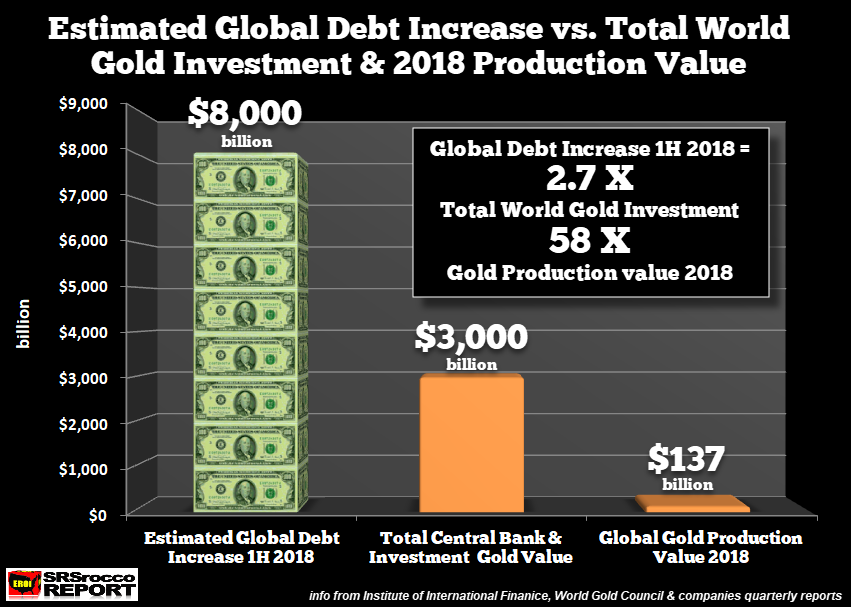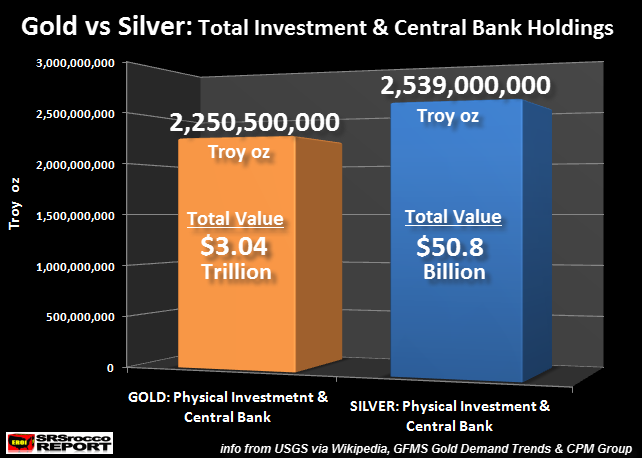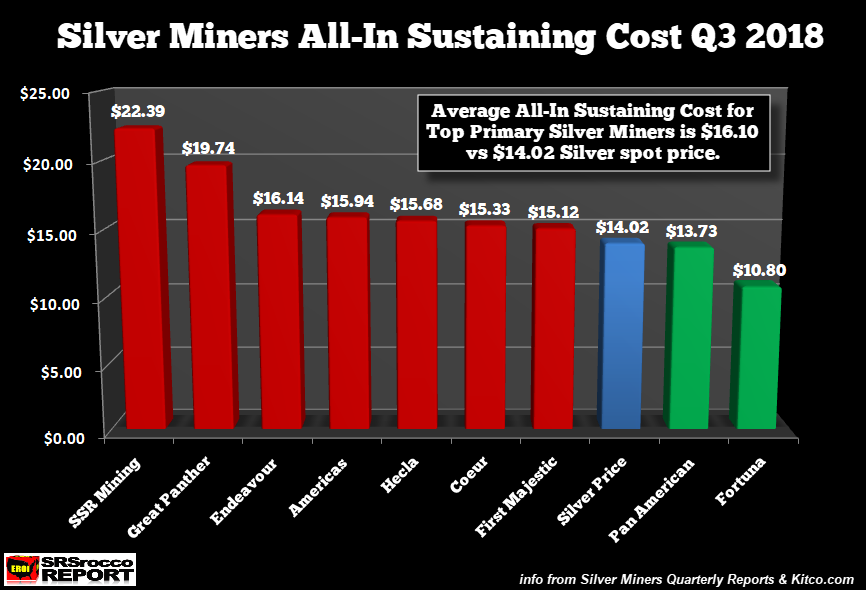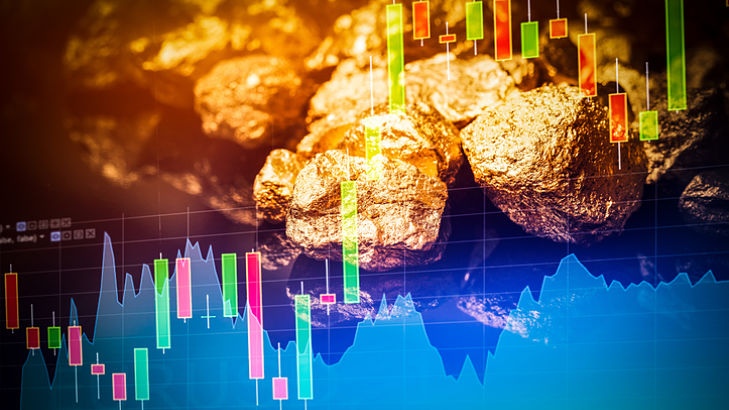The Big Picture: Paper Money vs. Gold
Numbers from Bizarro-World
The past few months have been really challenging for anyone invested in gold or silver; for me personally as well. Despite serious warning signs in the economy, staggering debt levels and a multitude of significant geopolitical threats at play, the rally in risk assets seemed to continue unabated.
 Bizarro-World intrudes into our reality, courtesy of central banks. [PT]
Bizarro-World intrudes into our reality, courtesy of central banks. [PT]
In fact, I was struggling with this seeming paradox myself. As I kept looking at the state of the markets, I couldn’t help but wonder “what if they just keep kicking the can down the road for the next 20 years, or even longer?”
Since the peak in 2011, gold and silver have been in a strong correction period and overall, prices haven’t benefited from all the trillions that have been injected into the markets since 2008. Total credit growth was approximately $80 trillion, climbing from $160 trillion to around $240 trillion in a mere 10 years.
The major central banks combined increased their balance sheet by buying government and institutional debt from $6 trillion to $21 trillion (FED, ECB, BOJ, PBoC), but none of it went into gold. However, even though these days we read and hear these numbers so often, it is still almost impossible for the true meaning of these sums to really sink in.
A trillion is hard to truly take in and understand; $80 trillion in debt is something already so far beyond our grasp that it might as well be $100, $200, or $300 trillion and it would almost make no conceptual difference. A good way to correct this dissonance is just think about the fact that 1 million seconds are 8 days, 1 billion seconds are 35 years and 1 trillion seconds translate into 32,000 years – bringing us back to the Stone Age.
 Assets held by major central banks.
Assets held by major central banks.
 PBoC balance sheet
PBoC balance sheet
…click on the above link to read the rest of the article…


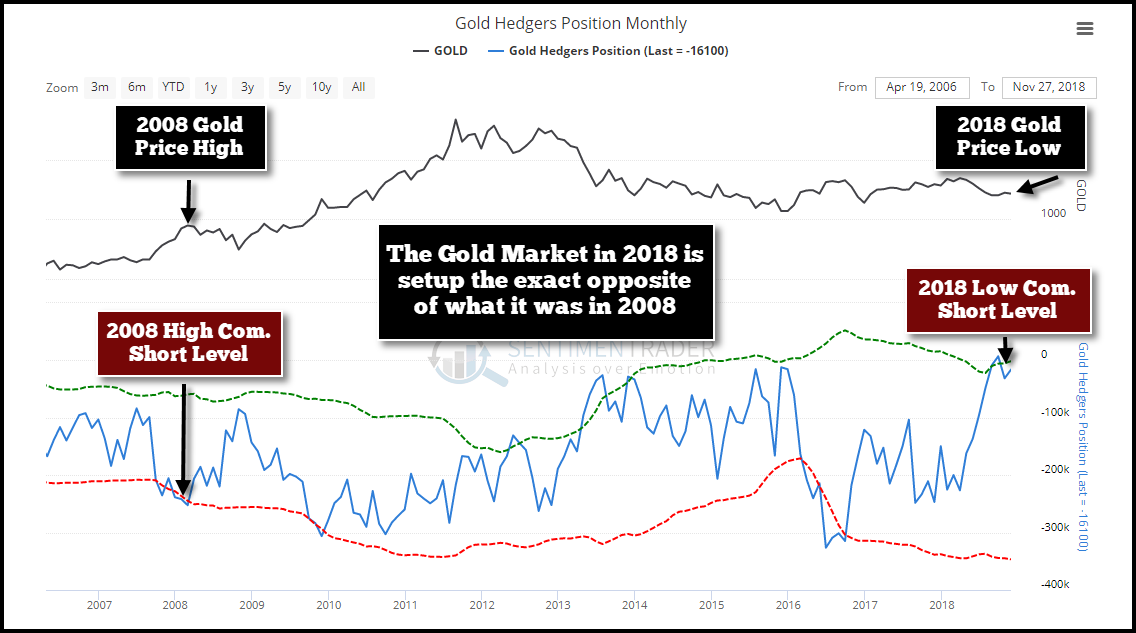
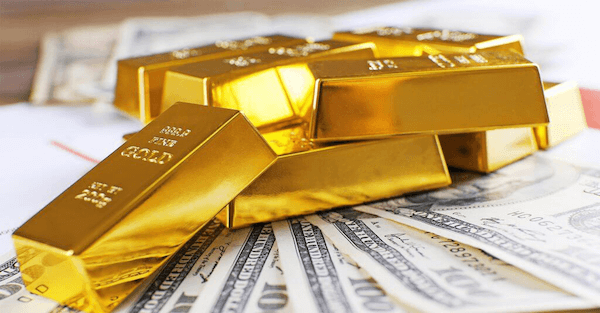
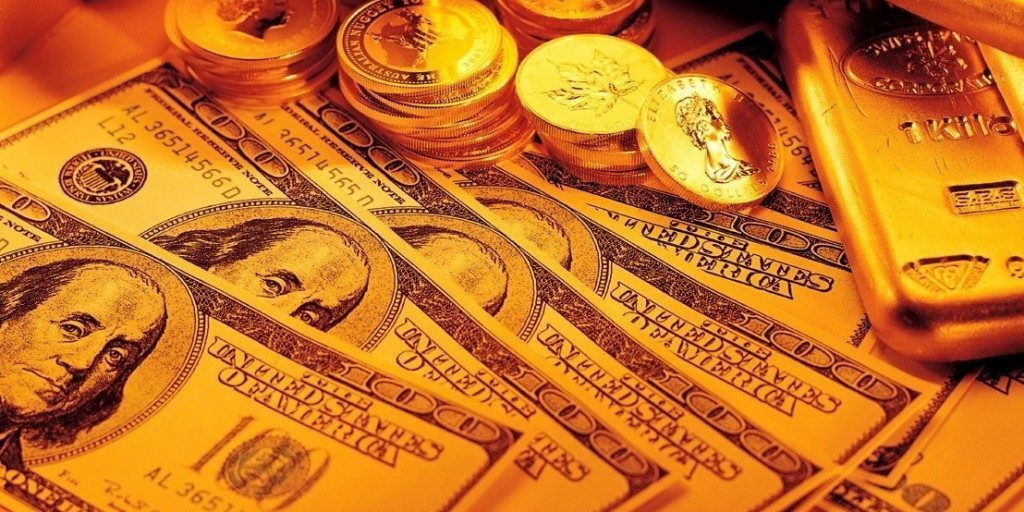
 Battling the barbarians at the gate… [PT]
Battling the barbarians at the gate… [PT]

